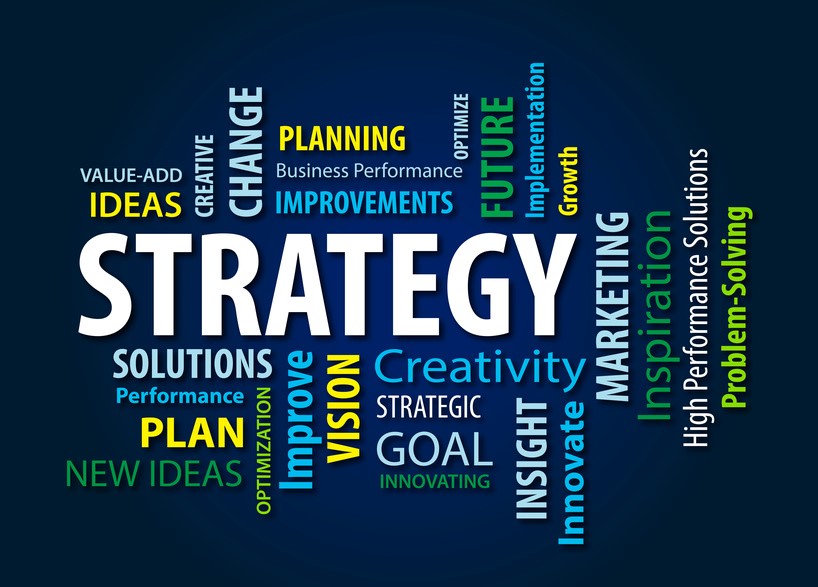
- Firstly, remember, it’s an aspirational plan.
- Get clarity on the values, the purpose and the vision, in that order.
- The values are the rules of the ‘game’, how we think, what we say and do and do not say or do.
- The purpose is the main service/offering/product that expresses our values.
- The purpose expresses also the compelling reason why we are doing this.
- The vision is what we aspire to achieve by the action, which is also an expression of our values.
- The vision must also be a compelling reason why we are doing this.
- Plan the big picture – the big milestones of the intended journey – these are the strategic key points.
- Remember things will change at both strategic level and operational (tactical) level, during action.
- Get clarity on the values, the purpose and the vision, in that order.
- When designing the plan, make sure you have present:
- the strategists;
- the implementers (middle management if you have them); and
- the key execution leaders.
- The implementers and operational/execution leaders are there to give input about capabilities and readiness to achieve the strategy when broken down into operational/tactical functions.
- Let them have equal input.
- Give it the time it deserves.
- You can’t facilitate and input too.
- There is reality in operational issues that must be considered during strategy planning.
- You’ll achieve more with a professional strategic facilitator to make sure of the value of input and prevent focus on the tactical or operational detail.
- Walk out with a plan: that defines tangible results needed, specific resources required, and who’s accountable by when.
- Make sure everyone stays on the same page: effective leadership communication.
- Be ready to change everything.
- Have everyone aware that plans might need to change: they need to be agile to cope with the changes.
- The most important component is your leadership: coaching and collaboration mainly, and command and control only when needed.
